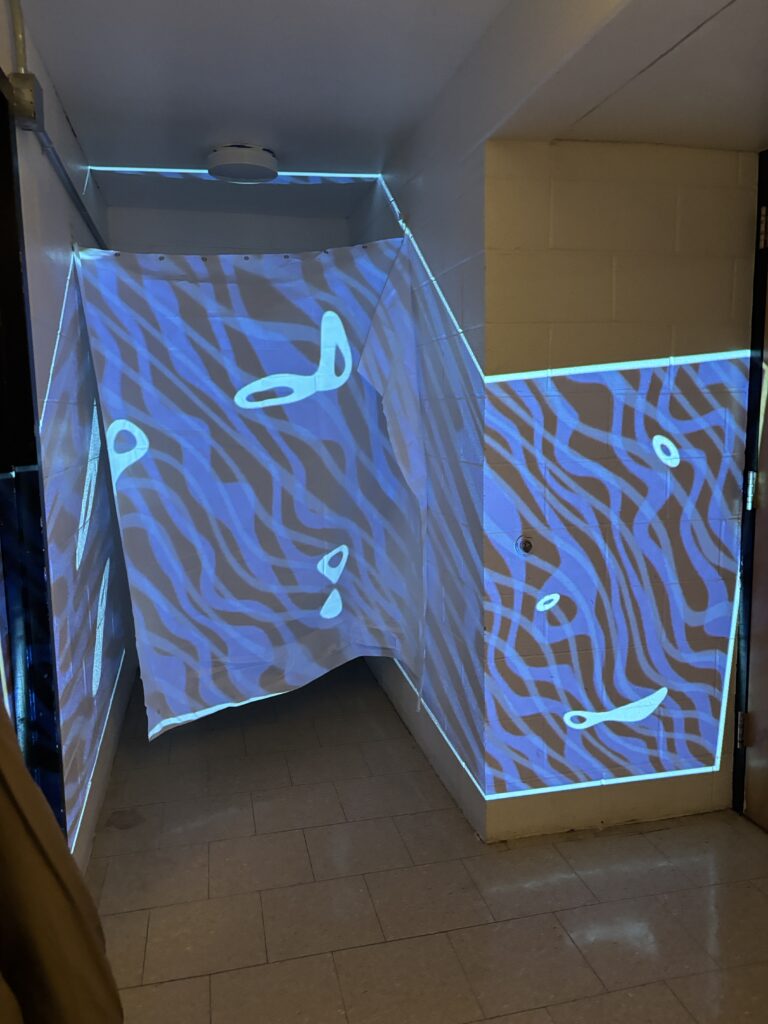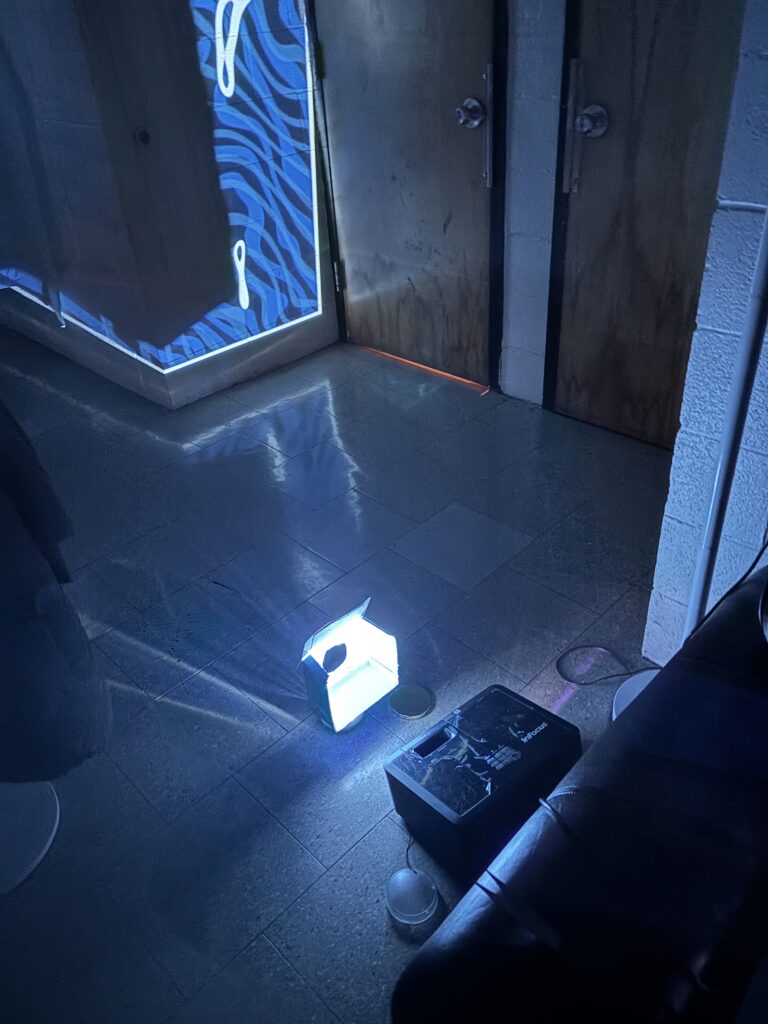Was it fun?
I didn’t really like the game, but to be fair we were in a rush to get a round in before class was over. So, I don’t think the game got a fair chance.
What were the player interactions?
Like pandemic, players had to communicate with each other to try and beat the game. They had to interact to figure out the best moves to make, use their character abilities, and cards that they should trade/save.
How long did it take to learn?
It did not take too long to learn because it was very similar to pandemic, which we played right before, so I would say maybe 10 minutes for setup and direction reading.
What was the most frustrating moment or aspect of what you just played?
There were no frustrating moments to the game. Everything was pretty easy to understand, set up, and play.
What was your favorite moment or aspect of what you just played?
My favorite aspect was the visuals of the game. I enjoyed the theme of the game, along with the tiles, cards, and little statues that went along with the theme.
Was there anything you wanted to do that you couldn’t?
There was nothing in the game that I can think of that I couldn’t do.
If you had a magic wand to wave, and you could change, add, or remove anything
from the experience, what would it be?
I think it would be nice to add a board to organize everything and include small markers for the “water level” (how many Forbidden Island cards you draw), rather than using the piece the game currently comes with. I think this would add to the visuals and vibes of the whole game.
Is this a game you would play again? Yes _____ No ______ Why
I would like to give this game another chance because I think I could enjoy it the same way I enjoyed Pandemic.
Analyze the game using the 3 act structure.
The first act was establishing/ understanding everyone’s roles and special powers. Along with the set up of the tiles of the forbidden island and what parts are already sunk. The second act is unflooding parts of the island, collecting treasure, and making our way to the helicopter/landing tile. The third act is collecting all the treasure and escaping the forbidden island before the island floods, but we did not get to finish the game to reach the third act.
What are the collaborative and or competitive aspects of the game?
The collaborative and competitive aspects of the game were very similar to pandemic where the players have to collaborate and use each other to try and ultimately beat the game. As for competitiveness the players are just competing against the game, but there wasn’t as much immersiveness in this game compared to pandemic.
What is the game’s metaphor and which of the game’s mechanics standout?
The game’s metaphor is escaping an island before it sinks, while also collecting treasure along the way. The mechanics that stood out were the flipping of the tiles and the movement options (front, back, and side to side). Without these mechanics, the game would lose both its tension and purpose.







